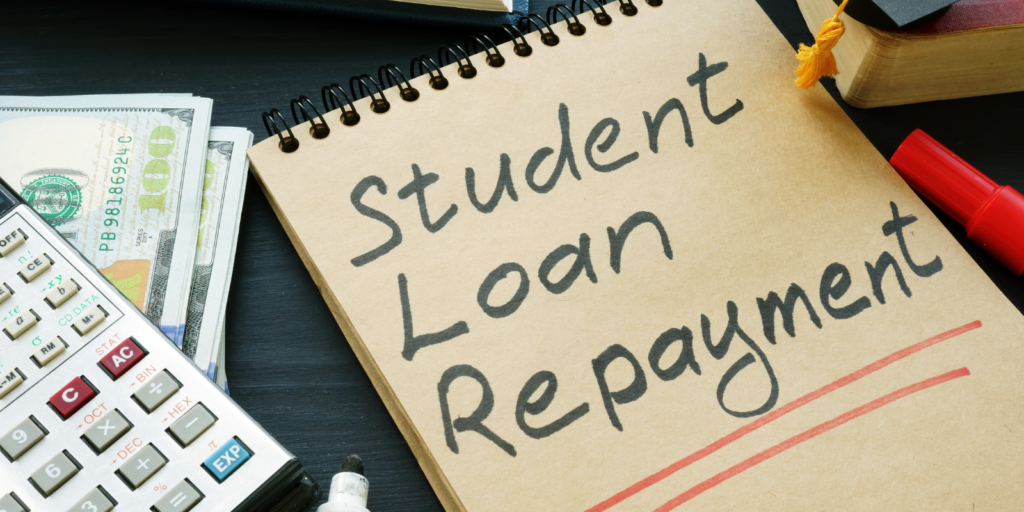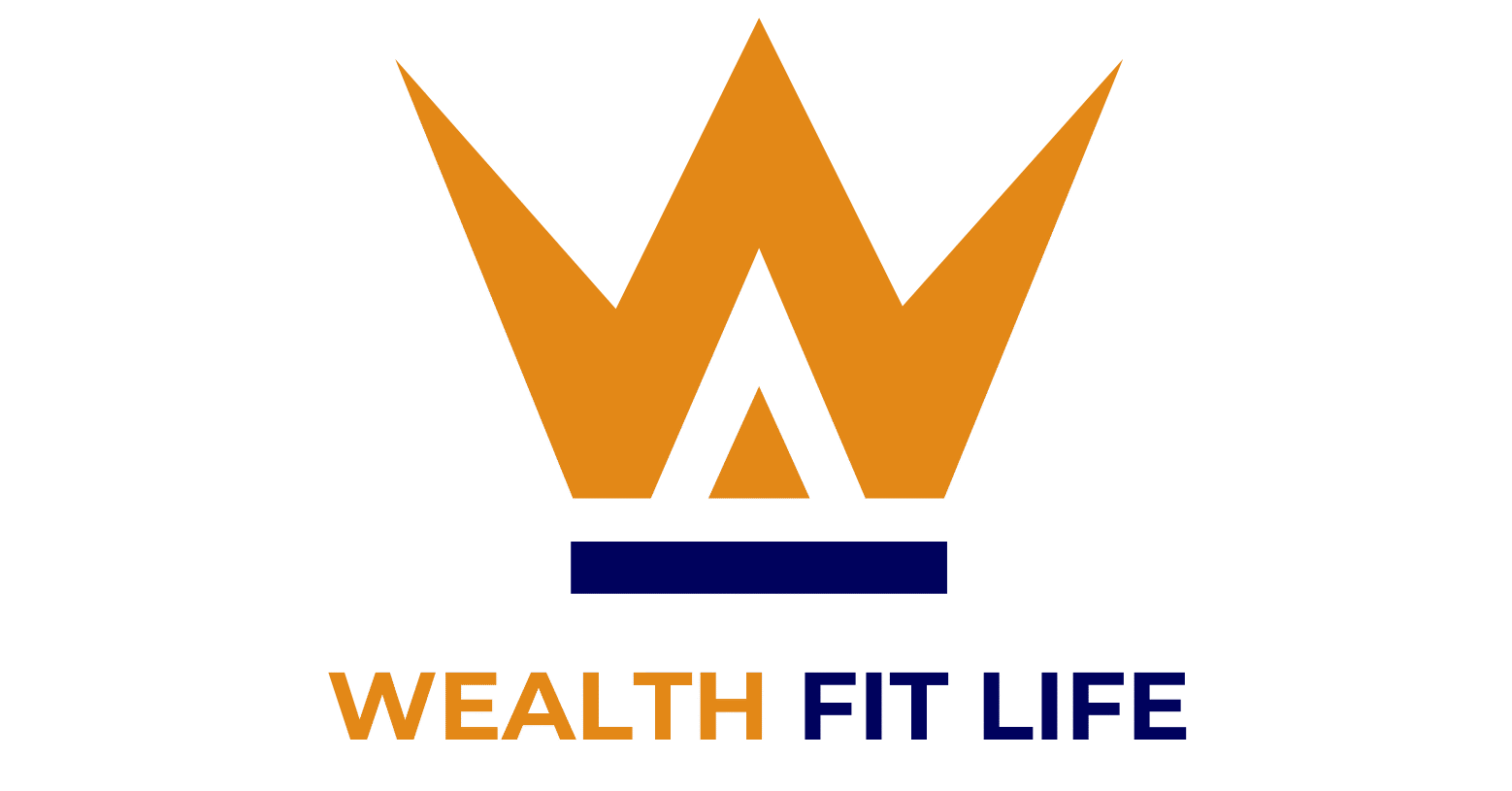Student loan can feel like a financial burden that never goes away. With interest accruing and monthly payments stretching for decades, it’s easy to feel overwhelmed. However, with the right strategies, you can pay off your student loans faster and save thousands in interest. Here are some effective repayment strategies to help you become debt-free sooner.

1. Make More Than the Minimum Payment
Paying only the minimum keeps you in debt longer and increases the amount you pay in interest. If possible, allocate extra funds toward your loan payments each month. Even an extra $50 or $100 can make a significant difference over time.
Tip:
- Set up automatic payments with an extra amount to ensure consistency.
- Use windfalls like tax refunds, bonuses, or raises to make lump-sum payments.
2. Refinance Your Student Loans
Refinancing allows you to combine multiple loans into one with a lower interest rate. This can lower your monthly payments and help you pay off debt faster.
Pros:
- Lower interest rates mean less money paid over time.
- Simplifies multiple loan payments into one.
Cons:
- You may lose federal loan protections, such as income-driven repayment plans and loan forgiveness programs.
- Requires a strong credit score to qualify for the best rates.
3. Switch to Biweekly Payments
Instead of making one monthly payment, split it into two smaller payments every two weeks. This results in one extra payment per year, reducing interest accumulation and helping you pay off your loan faster.
How It Works:
- If your monthly payment is $400, pay $200 every two weeks.
- Over a year, you’ll make 26 half-payments, equivalent to 13 full payments instead of 12.
4. Use the Debt Avalanche or Snowball Method
Two popular repayment strategies include:
Debt Avalanche Method (Best for Saving on Interest)
- Pay off loans with the highest interest rate first while making minimum payments on others.
- Once the highest-interest loan is paid off, roll the payment amount into the next highest-interest loan.
Debt Snowball Method (Best for Motivation)
- Pay off the smallest loan balance first while making minimum payments on others.
- Once the smallest loan is cleared, roll that payment into the next smallest loan.
5. Consider Income-Driven Repayment Plans (If Needed)
If your monthly payments are too high relative to your income, federal income-driven repayment (IDR) plans can lower your payments based on your earnings.
Common IDR Plans:
- Revised Pay As You Earn (REPAYE)
- Pay As You Earn (PAYE)
- Income-Based Repayment (IBR)
- Income-Contingent Repayment (ICR)
These plans can extend the repayment term but may qualify for loan forgiveness after 20-25 years.
6. Take Advantage of Loan Forgiveness Programs
If you work in public service, education, or healthcare, you may qualify for loan forgiveness programs like:
- Public Service Loan Forgiveness (PSLF): Forgives remaining federal loans after 10 years of qualifying payments while working for a government or nonprofit organization.
- Teacher Loan Forgiveness: Offers up to $17,500 in forgiveness for teachers in low-income schools.
- State-Specific Forgiveness Programs: Some states offer additional assistance for certain professionals.
7. Cut Expenses and Increase Income
If possible, adjust your budget to free up more cash for loan payments. Consider:
- Reducing discretionary spending (eating out, subscriptions, etc.).
- Finding a side hustle or freelance work.
- Selling unused items.
- Negotiating a raise or seeking a higher-paying job.
8. Avoid Deferment and Forbearance (If Possible)
While deferment and forbearance can provide temporary relief, they often lead to more interest accrual, increasing the total loan cost. Only use these options as a last resort.
Final Thoughts
Paying off student loans faster requires discipline, strategy, and commitment. By making extra payments, refinancing, leveraging repayment methods, and increasing income, you can take control of your debt and achieve financial freedom sooner. Start implementing these strategies today and watch your student loan balance shrink faster than you thought possible!
Read more:https://wealthfitlife.com/how-to-build-a-strong-financial-foundation/
FAQs
1. What is the fastest way to pay off student loans?
The fastest way to pay off student loans is to make extra payments beyond the minimum, refinance for a lower interest rate, and use the debt avalanche method to tackle high-interest loans first.
2. Is it better to pay off student loans early or invest?
It depends on your loan interest rate and investment returns. If your student loan interest is high (6%+), paying it off early may save you more money. If you can invest with a higher return, investing while making minimum payments may be a better strategy.
3. How does refinancing help with student loan repayment?
Refinancing allows you to replace multiple loans with a single loan at a lower interest rate, reducing monthly payments and helping you pay off debt faster. However, you may lose federal loan benefits like forgiveness and income-driven repayment plans.
4. What’s the difference between the debt avalanche and debt snowball methods?
- Debt Avalanche: Focuses on paying off the highest-interest loan first to save money.
- Debt Snowball: Pays off the smallest loan first for quick wins and motivation.
Both are effective, but avalanche saves more money in interest.
5. Can biweekly payments really help pay off student loans faster?
Yes! Making biweekly payments instead of monthly results in one extra payment per year, which reduces interest accumulation and shortens the repayment term.
6. What are the best loan forgiveness programs?
Some top student loan forgiveness programs include:
- Public Service Loan Forgiveness (PSLF) – Forgives federal loans after 120 qualifying payments while working for a nonprofit or government employer.
- Teacher Loan Forgiveness – Forgives up to $17,500 for eligible teachers.
- Income-Driven Repayment (IDR) Forgiveness – Federal loans may be forgiven after 20-25 years of payments.
7. Is it a good idea to consolidate student loans?
Consolidation can simplify payments by combining multiple federal loans into one. However, it doesn’t lower interest rates. If you want lower rates, refinancing (for private loans) is a better option.
8. Can I pay off my student loans with a credit card?
Some loan servicers allow credit card payments, but it’s usually not advisable due to high interest rates and potential fees. A better alternative is using a 0% APR balance transfer card if you can pay it off quickly.
9. What happens if I miss a student loan payment?
Missing a payment can lead to late fees, a drop in your credit score, and potential default after 270 days. If you’re struggling, contact your loan servicer for options like deferment, forbearance, or an income-driven repayment plan.
10. How can I make extra money to pay off student loans faster?
Consider:
- Freelancing or side hustles (tutoring, gig work, online services).
- Selling unused items (clothes, electronics, furniture).
- Negotiating a raise or switching to a higher-paying job.
- Using cash-back rewards and tax refunds toward loan payments.

Pingback: How to Start Investing with Just $100 - WealthFitLife